It was Joni Mitchell who inferred that “When the world becomes a massive mess with nobody at the helm, it’s time for artists to make their mark.” As a groundswell of social tempestuousness continues to widen, folk music flourishes. While not always overtly political, folk in 2019 is acutely attuned to the human condition. At its best, it offers a window seat from which to observe the self-reflective spirals upwards and downwards of the artists who paint its halls, providing moments of solace to attentive listeners who are searching for beauty amidst the turbulence of present-day life.
It comes in many forms as folk, musically, continues to expand outward. Inspirations new and old are given credence; as musical traditions are paid authentic homage, newfound staples emerge from innovators of a separate fabric. Where Banjolectric reinvented the instrument many times over to expand on its sonic boundaries in 2018, Kelly Hunt gifts her history to Southern-influenced, Depression-era banjo traditions to lengthen its influences in 2019. On a similar note, as Florist, Emily Sprague finds the beauty in communicating her truths through sparse folk production. All the while, the Accidentals fully realize their intended amalgam of myriad roots genres formed from an orchestral folk basis, and Kishi Bashi unearths what might be his magnum opus in the lush, open-air soundscapes of Omoiyari.
Folk in 2019 is an image of inclusivity and unity in the face of international political upheaval. It’s most captivating in its moments of sheer, heart-bearing authenticity and ensnares with new musical bearings introduced by some of its foremost innovators and newcomers to the scene. Not bound by any single musical device, woven together by scintillating, world-aware stories, folk is as alive and vibrant as it has ever been.
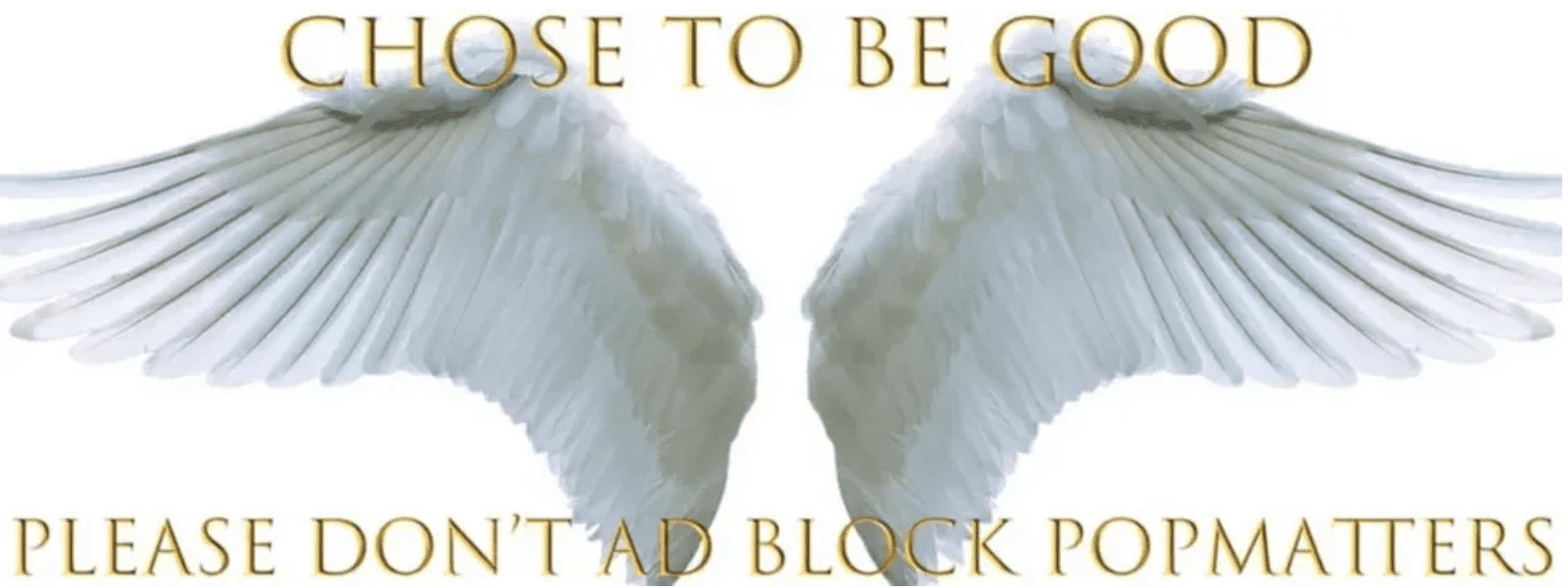 Angel Wings by Zorro4 (Pixabay License / Pixabay)
Angel Wings by Zorro4 (Pixabay License / Pixabay)
20.
Joy Williams – Front Porch (Sensibility)
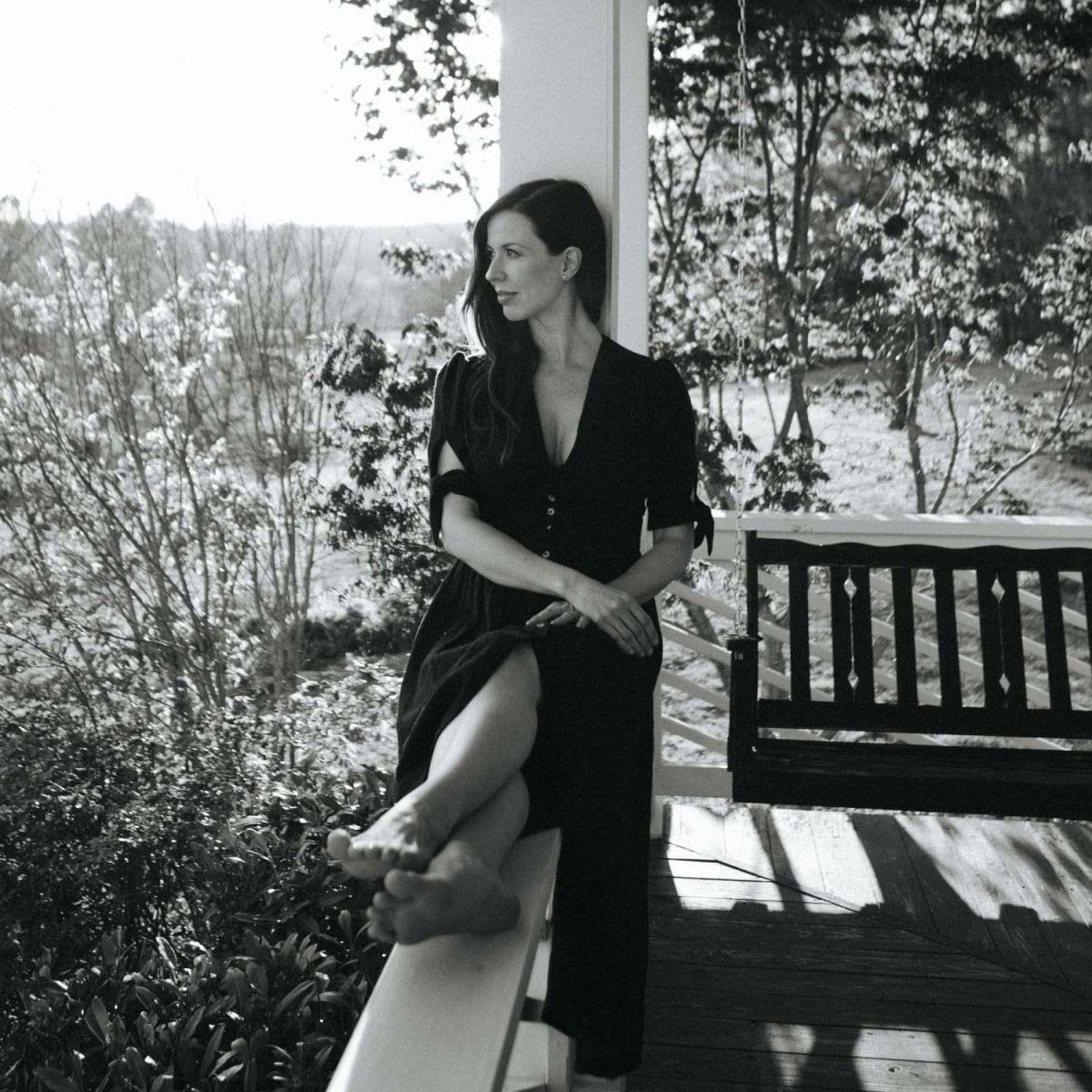
While Joy Williams was carving a name for herself as a Christian musician in the early aughts, she first found a taste of fame as one half of the Civil Wars. Since then, she’s been dancing between influences and stylings to create her new, secular solo work. First came Venus in 2015, and it was a decidedly large step out from beneath the rootsy Civil Wars’ shadow. Rather than pursue the folk and Americana that gained her notoriety, Williams threw a curveball with the multifarious art-pop of that initial release. An acoustic take on the album came later, but subtle and smart pop melodies still pervaded the framework of these songs.
Where Venus shrugged off roots music in a shot at something wholly new, Front Porch brings it all back home. Fans of the Civil Wars will feel like they’re treading on familiar footing here. Still, Williams makes her case on its titular tune for returning to what’s tailor-made for oneself and rediscovering the value in it all. She’s steadied her course here for something more obvious than Venus, but herein she feels more self-assured. Front Porch is a hopeful new addition to the consummate singer-songwriter’s folk portfolio. – Jonathan Frahm
19.
Willard Gayheart – At Home in Blue Ridge (Blue Hens Music)

He might best be known as Dori Freeman’s grandpa, but Willard Gayheart’s music informed much of the folk and Americana of today. Freeman even covered one of Gayheart’s tunes, “Ern and Zorry’s Sneakin’ Bitin’ Dog”, on her second album, Letters Never Read, and appears multiple times on At Home in Blue Ridge to offer up some harmonies beside her grandfather. At 86-years-old, the Galax-based folk artist and Front Porch Gallery and Frame Shop purveyor finally got to releasing his solo debut. Throughout, the album plays out like a family photo album, as he celebrates his Appalachian roots, those who have come before and after him, and the music that has served as one of the great staples of his life in Virginia.
To develop At Home in Blue Ridge, Gayheart joined forces with his granddaughter and his son, Scott Freeman, along with producer Teddy Thompson and recording engineer and producer Ed Haber in his frame shop. Recording sessions would only be interrupted by a customer looking for a frame or one of Gayheart’s original pencil works. An autobiographical retrospective of his life and family, the kindly and infectious nostalgia of At Home in Blue Ridge warms the heart. It has us hoping for more from the Galax folk statesman. – Jonathan Frahm
18.
CAAMP – By and By (By and By/Mom+Pop)
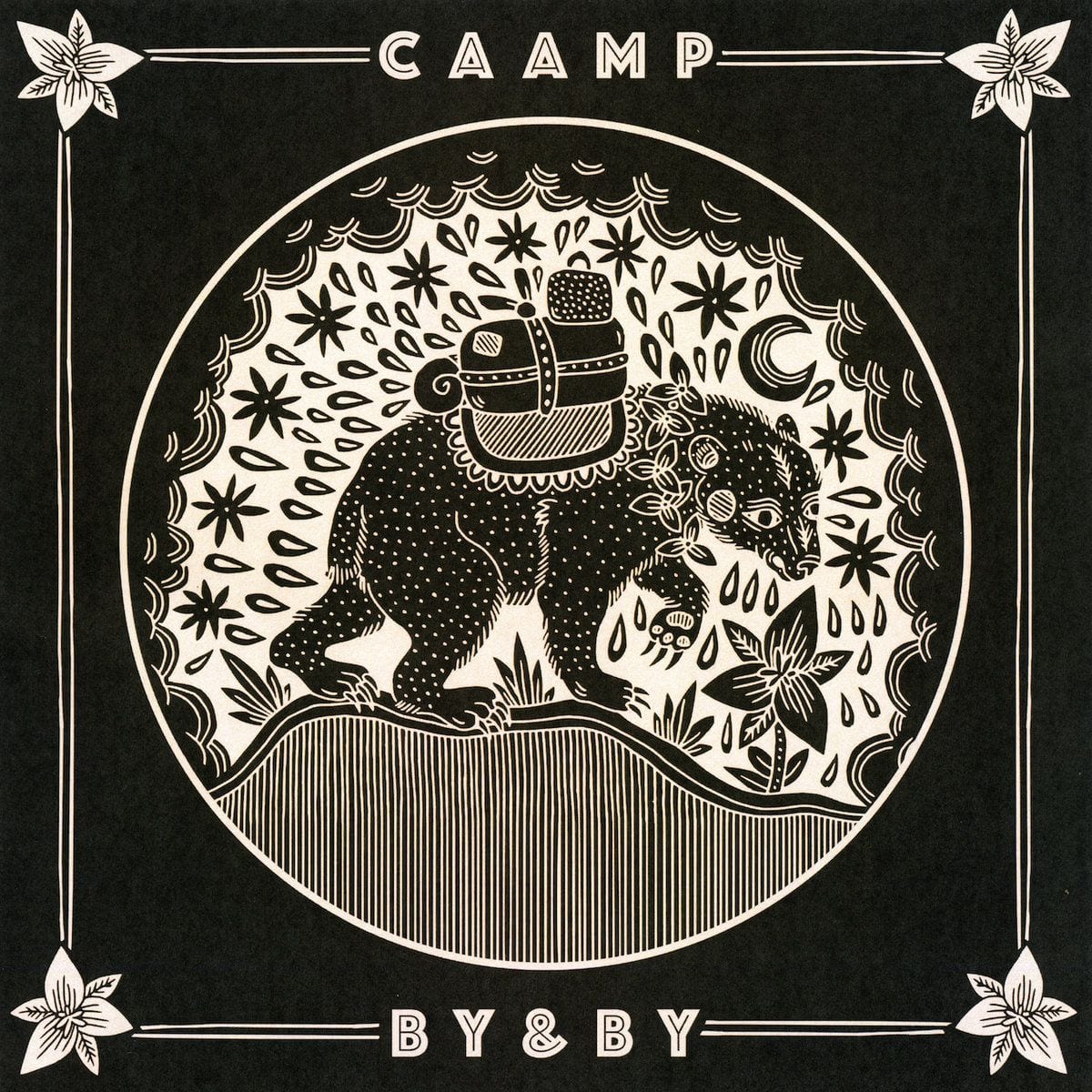
From listening to “Peach Fuzz”, CAAMP’s first single from their sophomore album By & By, one would assume the band has given up their adherence to folk for a more indie pop dynamic. Yet as By & By develops, it is apparent that CAAMP’s flirtation with indie rock only serves to enhance their folk sound. The title track, for example, is tender and sweet in Taylor Meier’s boppy strum and raspy voice. “Wolf Song” and “Huckleberry Love” are jaunty and twangy, sweeping in elements of Americana with striking moments of indie rock influence. But it is Evan Westfall’s banjo and his precise ability to underscore the storytelling and Meier’s vocals that reaffirms CAAMP’s folk sensibilities.
It’s in this sophomore album where CAAMP smoothed out the interplay between voice and instrument to be less gritty but maintaining the band’s distinctiveness. By & By demonstrates CAAMP’s musical growth, and part of that is due to the addition of bassist Matt Vinson who adds a necessary musical anchor. As a trio, CAAMP explores folk music’s inherent connection to indie rock while maintaining a crystalline avowal of Americana. – Elisabeth Woronzoff
17.
Daughter of Swords – Dawnbreaker (Nonesuch)
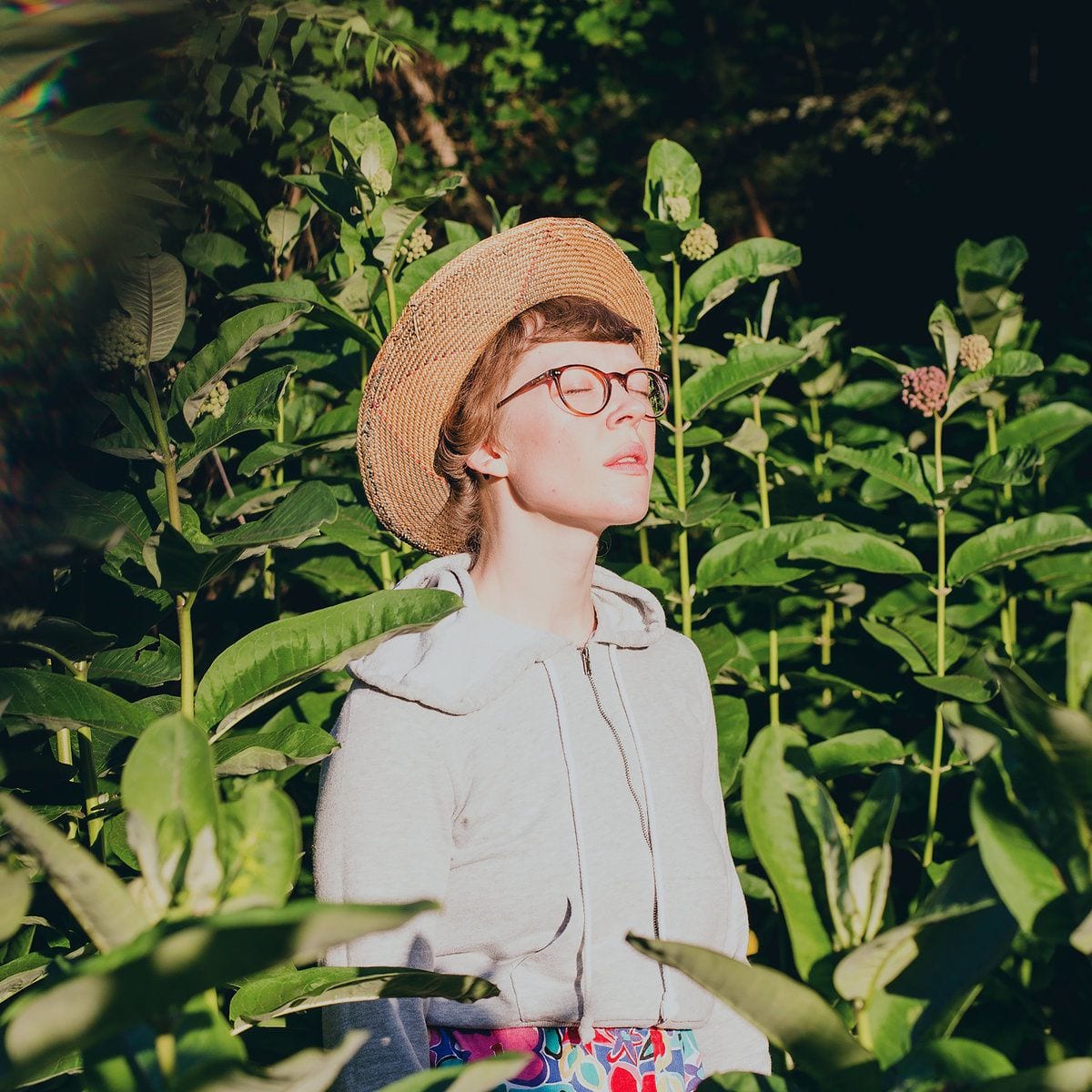
As well-worn as the examination of a relationship in its waning hours may be across the folk landscape, Alexandra Sauser-Monnig sheds a heartfelt new light throughout her debut as Daughter of Swords. The songs that comprise the heartrending landscape of Dawnbreaker give way to a timeless concept, broaching the discussion for a reflective contemplation on love and loss. It’s mostly in her tender delivery that she’s able to sell heartbreak as something new, and that itself is a gift of songwriting and performance that can’t quite be outwardly learned. It must be harvested by real-life experience and honestly communicated to make its mark.
Musically, Daughter of Swords edges out from her straight-shooting, muted folk base into indie pop, low key rock, and country territory to communicate her dusky blues. What keeps it all glued together is the graceful, fluid nature of her performance. Her wispy vocals and varied musicality are set to captivate as they communicate complex feelings of love, yearning, and confusion amidst the sparse, self-reflective vistas that she develops through sound. – Jonathan Frahm
16.
Kelly Hunt – Even the Sparrow (Rarebird)
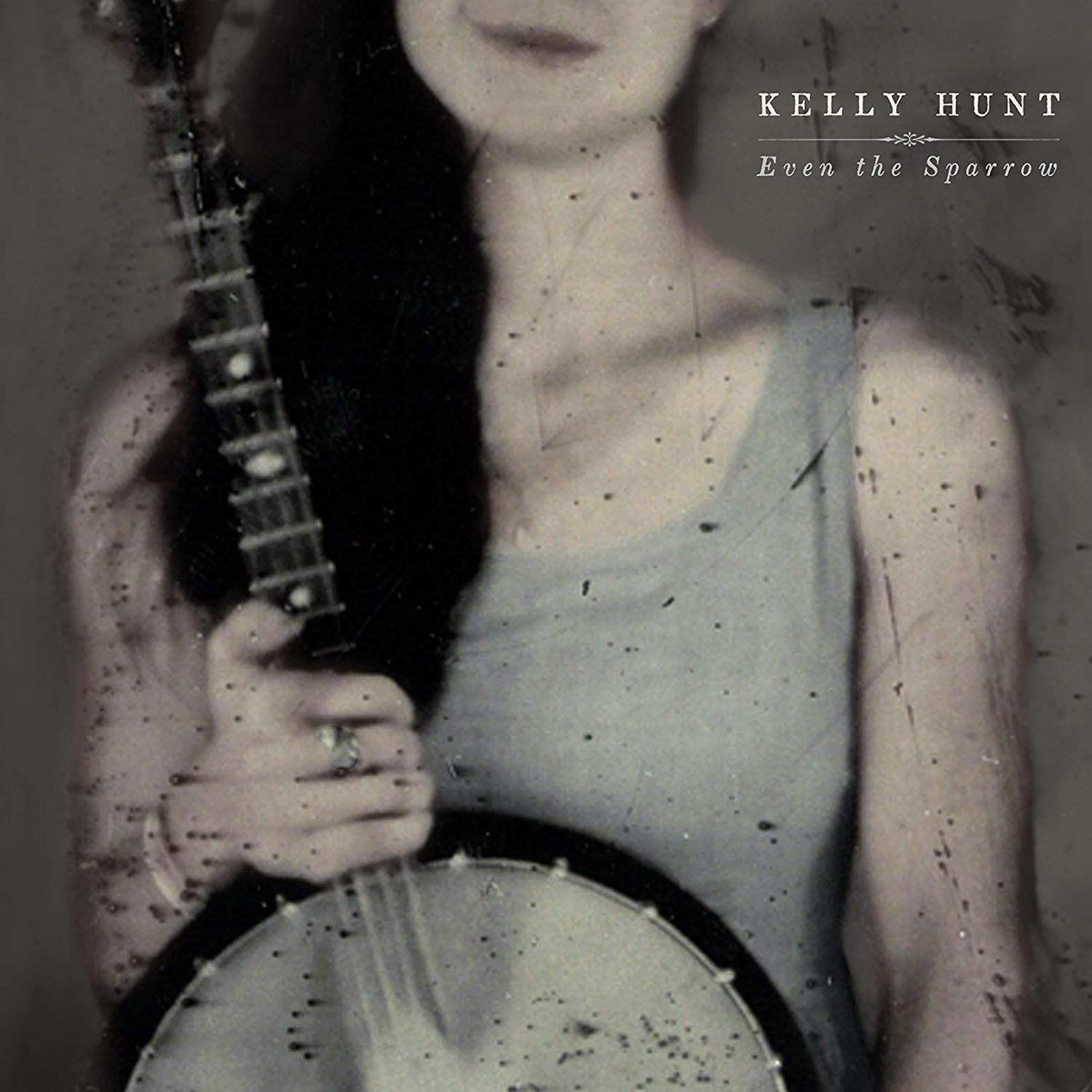
On her debut album, Kansas singer-songwriter Kelly Hunt tips her hat to traditional and Southern American roots music. Based around a Depression-era banjo that once belonged to someone named Ira Tamm, Hunt’s instrument once was used by the performer as a staple in his dog-and-pony show. These days, Hunt is using it to pay homage to the folk traditions of an instrument iconic to the genre and the times from which it came. All the while, she isn’t bound back by the banjo’s history, instead intent on expanding it with her own captivating and tenacious songwriting.
Uncanny is Hunt’s innate ability to summon the same vigorous energy of classic folk players, all while pushing forward to modernize the instrument’s role in contemporary songwriting. With clear inspiration from the American South, Hunt’s brand of folk often focuses on dualities. At once, she is a naturalist, reveling in the beauty and sincerity of nature, but she isn’t afraid to pull back the proverbial curtain to unearth its darker tinges. She delivers her lyrics with an earthen frankness that can’t be taught, sometimes calling back to autobiographical moments between savvy metaphors. – Jonathan Frahm
15.
Julia Jacklin – Crushing (Polyvinyl)
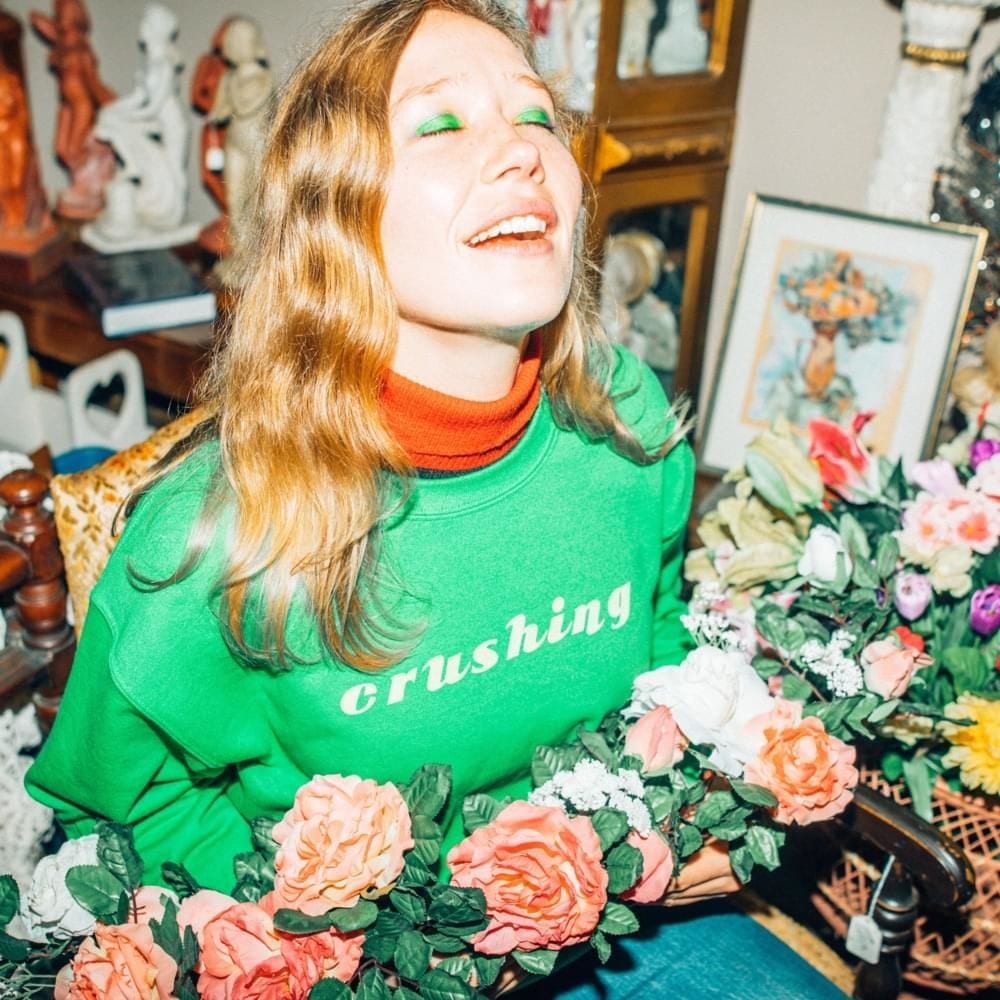
Crushing is a perfect exercise in emanating authenticity. Julia Jacklin’s most heartbreaking collection of work also finds the singer-songwriter at her most sincere, opening her heart for a traversal deep into an observation of her life’s rougher edges and a vulnerable examination of the human condition. It begins with no light fare as Jacklin details the breaking point in a ruinous relationship, fighting for autonomy on “Body”. “Head Alone” deals with similar heavy themes; between and throughout, Jacklin tussles with temporary fixes for loneliness and offers up a list of detailed anxieties, tensions, and destructive patterns. Crushing finds limitless value in Jacklin’s open, honest, and searing reflections. It’s an essential piece of listening for those who seek a work wherein the artist bares their heart on their sleeve. – Jonathan Frahm
14.
Bedouine – Birds Songs of a Killjoy (Spacebomb)
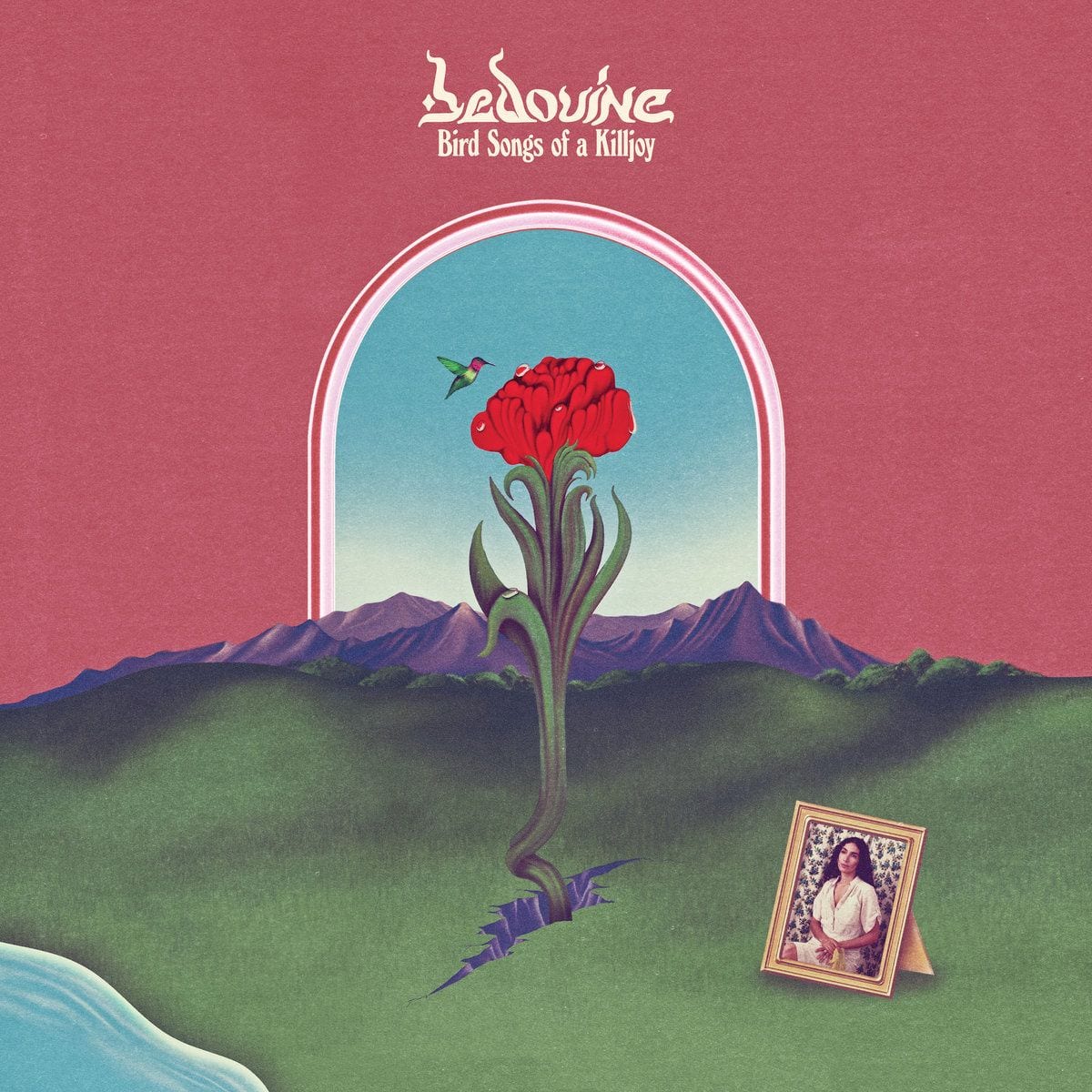
Bird Songs of a Killjoy, the sophomore album from the Syrian born, L.A. based singer-songwriter, Azniv Korkejian, transmits a warm glow. Bedouine, Korkejian’s stage name, explores the strength and sadness derived from solitude while fully enfolding herself in musical and lyrical complexity. Bedouine adroitly melds the album’s musical components as evident on “When You’re Gone” and “Bird”. More so, the album’s imagery is often emphasized by the vocal and instrumental infusion. For instance, her references to flight are often underscored by soaring woodwinds.
Musically cliche, yes, but Bedouine successfully uses music to imitate movement. Shifting from expansive quietude to sanguine grandiosity the inclusion of subtle orchestration and background vocals only strengthen the album. Bedouine sets her master storytelling to music in a way that is both tender and powerful. Ultimately, Bird Songs of a Killjoy resembles a collection of short stories with each track developing and complicating an identity. – Elisabeth Woronzoff
13.
Dori Freeman – Every Single Star (Blue Hens)
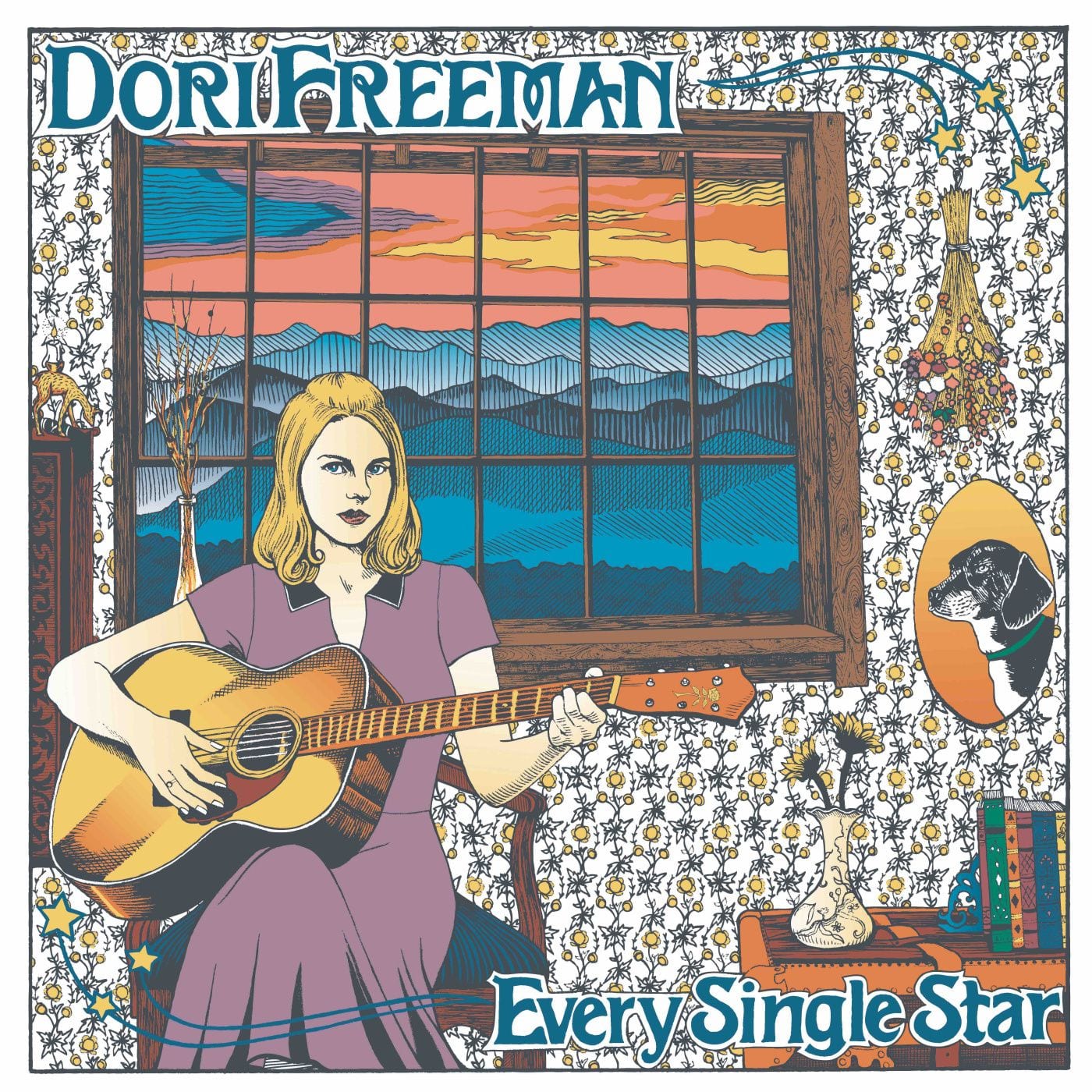
Dori Freeman, Every Single Star, is evocative of the reach of folk’s influence. Whereas Freeman’s first two albums were distinctive studies of roots folk music, Every Single Star finds Freeman edging closer to 1970s folk-pop and moving away from rustic traditions. The twang and weepy guitar heard on Freeman’s previous endeavors are still evident, but Every Single Star is catchier with its infectious melodies and repetitious hooks. In doing so, Freeman creates lightness out of heartache and ennui, a tendency evident in both the country and folk genres.
“All I Ever Wanted” retells the spinout associated with heartache. Freeman presents her emotions as reasonable and levelheaded, especially because all she “wanted was a good man to give a damn and try”. The retro “2 Step” finds producer Teddy Thompson stepping out of the booth to join Freeman. Together they form a cohesive musical dialogue. Throughout the album, she flawlessly represents the duality found in motherhood, expressing the endless love, guilt, and fatigue associated with balancing parenting and career. Every Single Star is demonstrative of Freeman’s musicality and a stellar reading of folk’s mutability. – Elisabeth Woronzoff
12.
Better Oblivion Community Center – Better Oblivion Community Center (Dead
Oceans)

Phoebe Bridgers‘ and Conor Oberst‘s Better Oblivion Community Center, subtitled as 10 captivating stories, is a portrait of the alienation leading towards renewal. With lyrics illustrating the path towards a proverbial freak out, Bridgers and Oberst maintain a playful belief in self-betterment. Throughout, the duo demonstrates their penchant for wry observations, piercing in their clarity. Better Oblivion Community Center showcases an indelible balance between the two performers.
Often singing in unison, the duo depicts their fears and anxieties, as reflections of one another while maintaining their individuality. On the political “Dylan Thomas”, the social critique is laced with humorous quips while “Didn’t Know What I was in For” confronts ennui. Bridgers and Oberst are not sanctimonious about their feelings of helplessness. Instead, the album feels like the starting point in developing the self-awareness necessary for creating change. Despite centralizing the desolate, Better Oblivion Community Center seeks personal and social resolution. As such, Bridgers and Oberst are potent in their ability to navigate the bleak. – Elisabeth Woronzoff
11.
The Accidentals – The Accidentals Live (Savage Kittens)
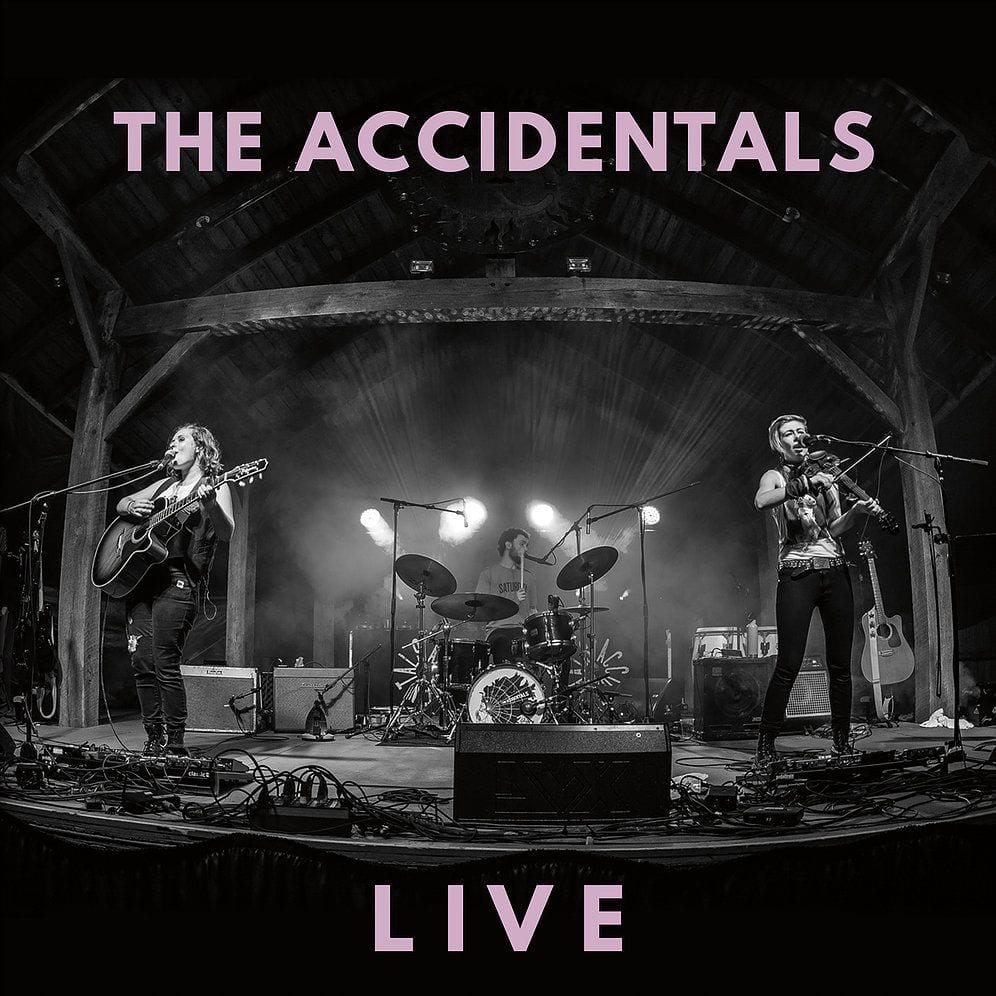
The Accidentals‘ self-titled live album sees the Michigan trio shedding any final shred of youthful naivety and making way for a full bloom of the diverse sound that they’ve been gunning for from the moments that Sav Buist and Katie Larson first got together for an orchestra project in high school. The folk sentiment of their precocious early releases still pervades much of the album, from the band’s keen sense of harmonic resonance to the perpetually string-based core of what began as a fiddle-and-cello outfit. Throughout, though, the Accidentals spread their wings outward, hoisting elements of punk rock, blues, jazz, and bluegrass into the folds of their classically influenced folk without missing a beat.
The eponymous album does well in capturing the electrifying energy of the trio’s live shows. The recording is full-bodied and lacks the tininess of lesser live playbacks, and any off-stage interference has been voided out to allow the music to shine. The Accidentals have mastered the art of producing a rocking stage presence that is utterly palpable here alongside their passion for musicality and improvisation. – Jonathan Frahm
10.
Rising Sun Daughter – I See Jane (Modern Works)
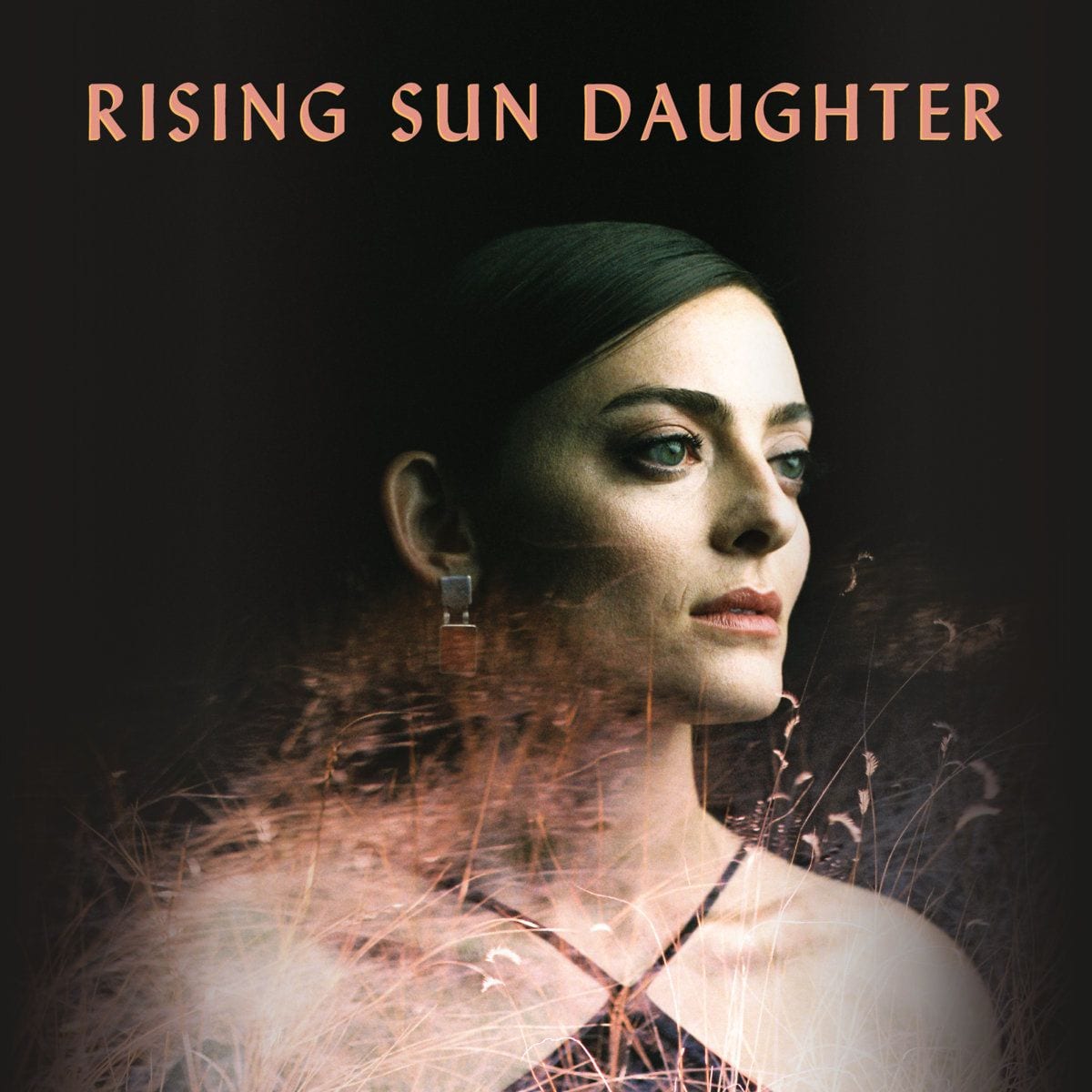
Grace Rolland first rose to prominence with traditional folk and bluegrass stylings in the award-winning band, Run Boy Run. Since, she’s developed a name for herself under the moniker Rising Sun Daughter. As ever an accomplished cellist and vocalist, Rolland thrives as Rising Sun Daughter through the creation of warmly textured modern folk music. She expertly showcases her proficiency in classical string-playing beside a penchant for enveloping her compositions with the poetic luster of reflective lyricism.
At the center of I See Jane is Rolland’s rich, honey-toned vocals. While the music of I See Jane was crafted by an attuned ear, her heart shines through her astute musicality, and especially through her voice. Through it, Rising Sun Daughter demonstrates the love, longing, and resilience about which she sings, bewitching an attentive audience through her honest and vibrant expression. Through five tracks, she communicates her new project’s potential with crystalline precision and an effervescent passion. She doesn’t do it alone, with a slew of southwestern notables appearing on the album. At its head beside Rolland is producer and performer, Ryan Alfred, whose artistic vision has assisted in the successful development of many Arizonan artists’ musical outputs. – Jonathan Frahm
9.
Rowan Rheingans – The Lines We Draw Together (Red Dress)
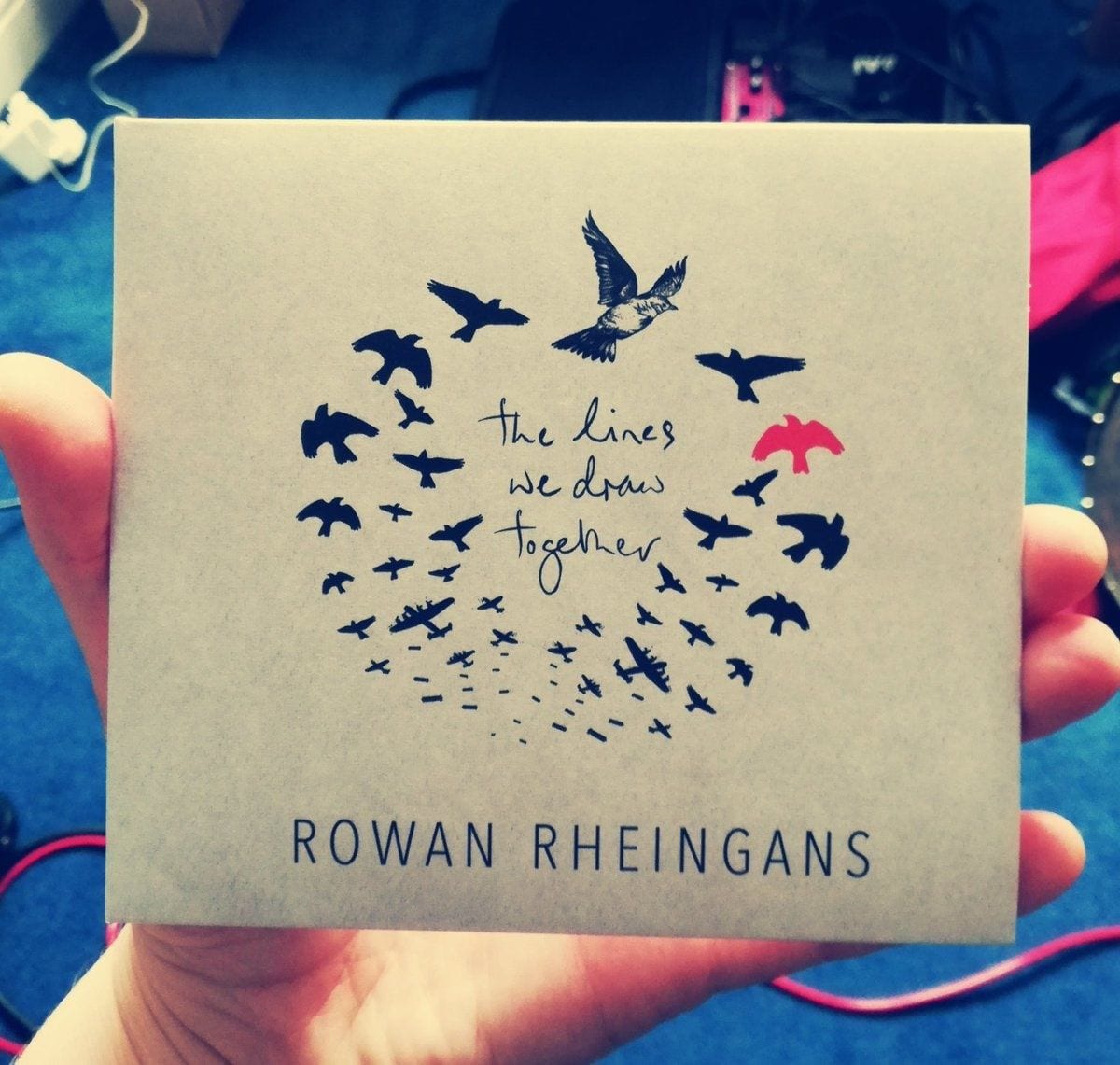
Rowan Rheingans‘ The Lines We Draw Together is an important and powerful narrative on intolerance, racism, and violence. Rheingans found inspiration for the album in her grandmother’s childhood in 1940s Germany. She vividly depicts this history in the anti-war song “Brave”. With clarity, Rheingans depicts the monumental reach and impact of the holocaust. “Sky”, for example, is based on a 1943 diary entry by the Dutch writer Etty Hillesum who died in Auschwitz. Much as Hillesum strove to find beauty among the terror, Rheingans also wants to see hope among the staggering hatred. The juxtaposition between the drums and woodwinds in “Long Walk Home” creates a stirring depiction of the overlap between rapture and horror. Rheingans is cautious in her delivery throughout The Lines We Draw Together. She musically and vocally relies on warm melodies to demonstrate the fragility of human existence. The album is inundated with haunting imagery creating an atmosphere that is both cerebral and emotional. – Elisabeth Woronzoff
8.
Kishi Bashi – Omoiyari (Joyful Noise)
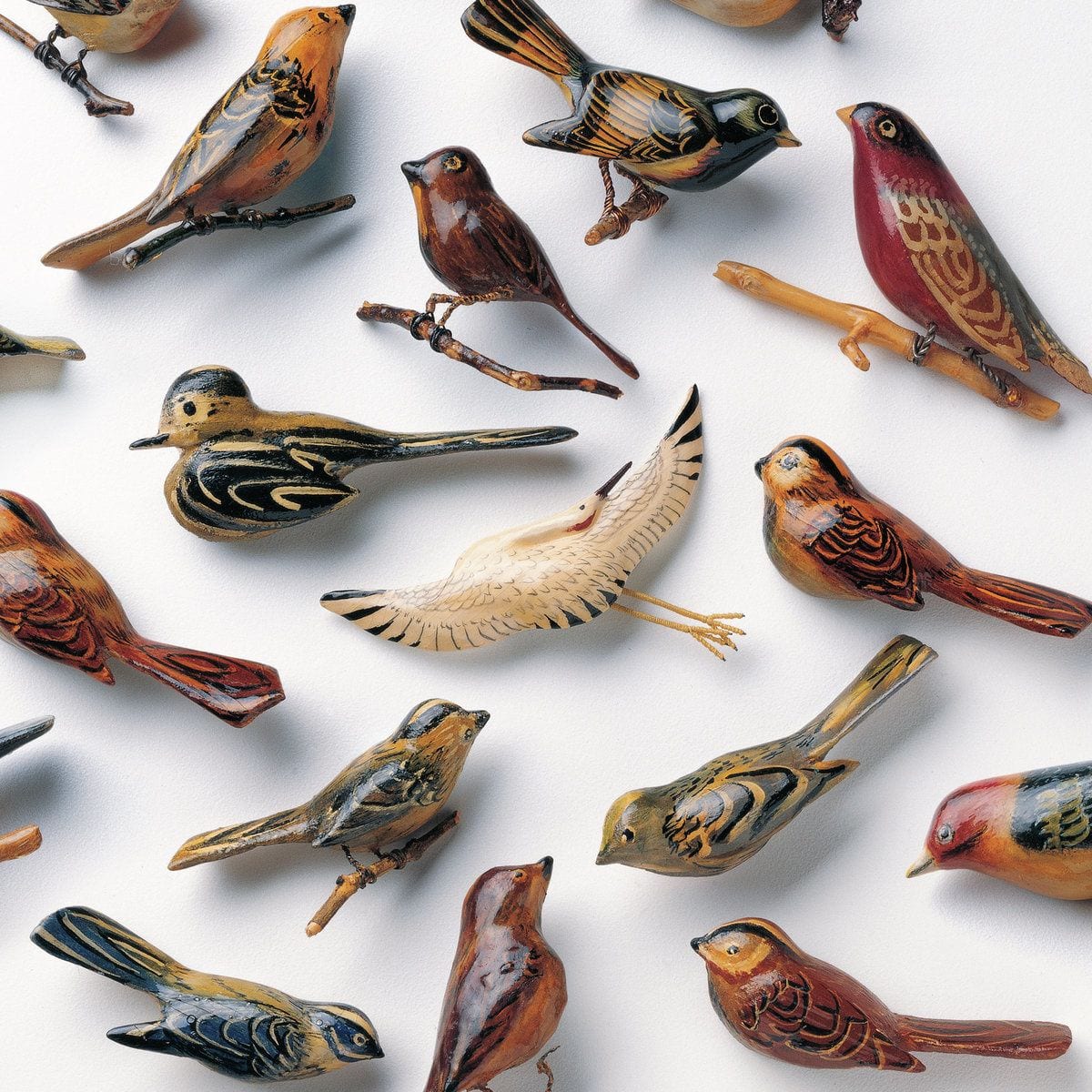
Kishi Bashi’s Omoiyari is a quest for understanding. The Japanese word “Omoiyari” encompasses the idea that “one can create compassion towards other people by thinking about them”, as stated by the artist on his website. As such, Kishi Bashi uses the past to construct an understanding of the contemporary moment. Specifically, Omoiyari uses the internment of Japanese-Americans during WWII as the framework for understanding the rampant xenophobia prevalent today.
Kishi Bashi finds parallels between World War II’s human rights violations and the marginalization of migrants and Muslims, both depravities caused by American hubris and bloodlust. Kishi Bashi points at bigotry and racism as the common factors stoking fear-based cultures. Omoiyari finds Kishi Bashi working with Nick Ogawa on cello and Tall Tall Trees’ Mike Savino playing bass and banjo. Their musical contributions cast a contrast to Kishi Bashi’s tendency to perform as a solo and bandless artist. These collaborations are Omoiyari‘s aural rejection of the isolation rendered by xenophobia while trumpeting Kishi Bashi’s call for collective compassion. – Elisabeth Woronzoff
7.
Florist – Emily Alone (Double Double Whammy)
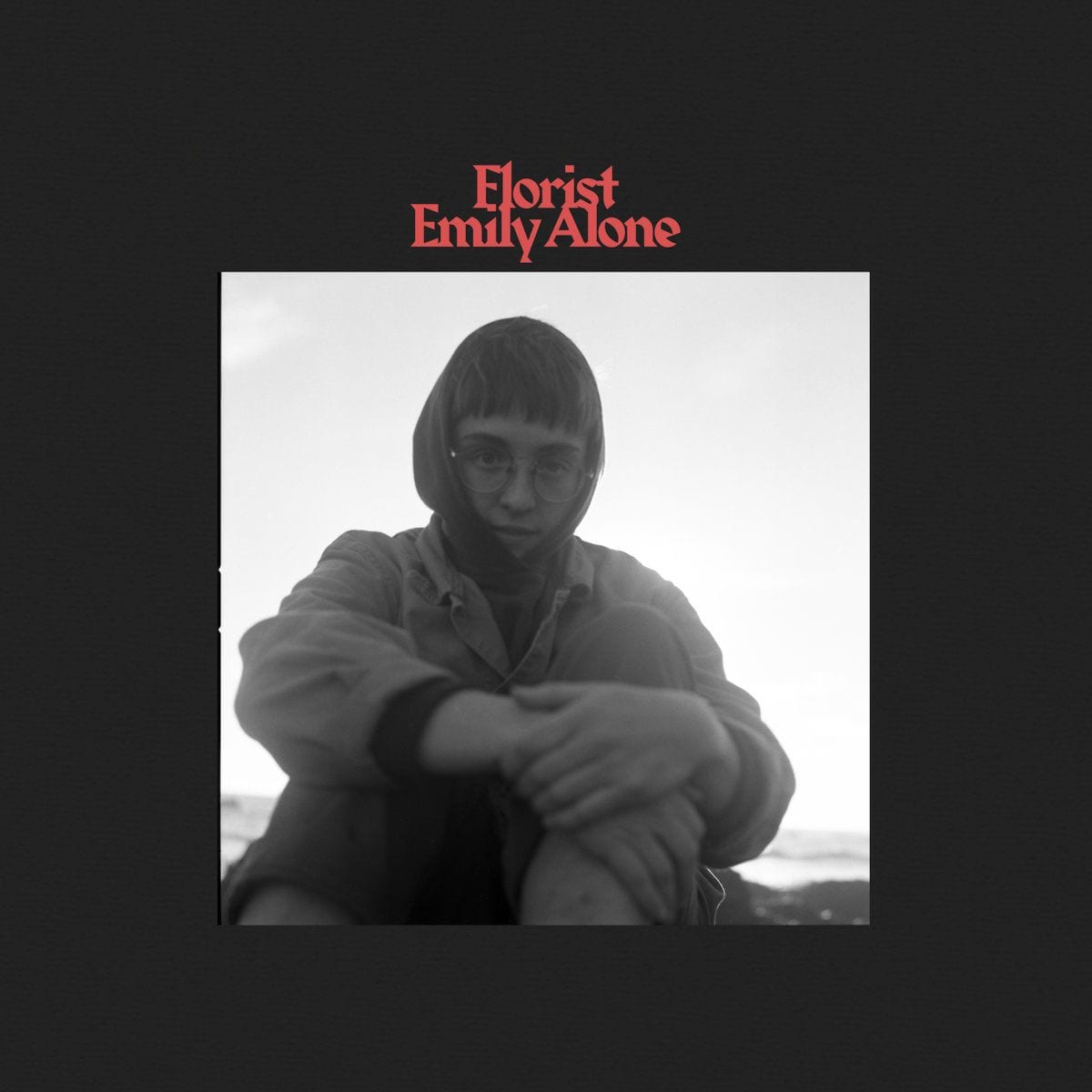
At this point, Emily Sprague’s work as Florist feels like an indie standard. At first finding the single, solemn light amidst the darkness in the muted pop hooks and rocking riffs of The Birds Outside Sang, Florist initially found notoriety as a full outfit. Here, though, Sprague strips herself of her collaborators and steps out for a spell of her own. Just as it says on the tin, this third LP in the Florist catalogue is entirely less full-on Florist and entirely more Emily Alone.
Cerebral and existential, Sprague produces some of her most contemplative and captivating work when left entirely to her own devices. Her striking lyricism is delivered with an august sheen, and it finds solace in the more organic production tools left at her disposal. Between acoustic guitar, double-tracked vocals, and natural sounds alone, she finds herself in a meditative state of self-reflection, unearthing company between the lines of perpetual lonesomeness. – Jonathan Frahm
6.
Big Thief – Two Hands (4AD)
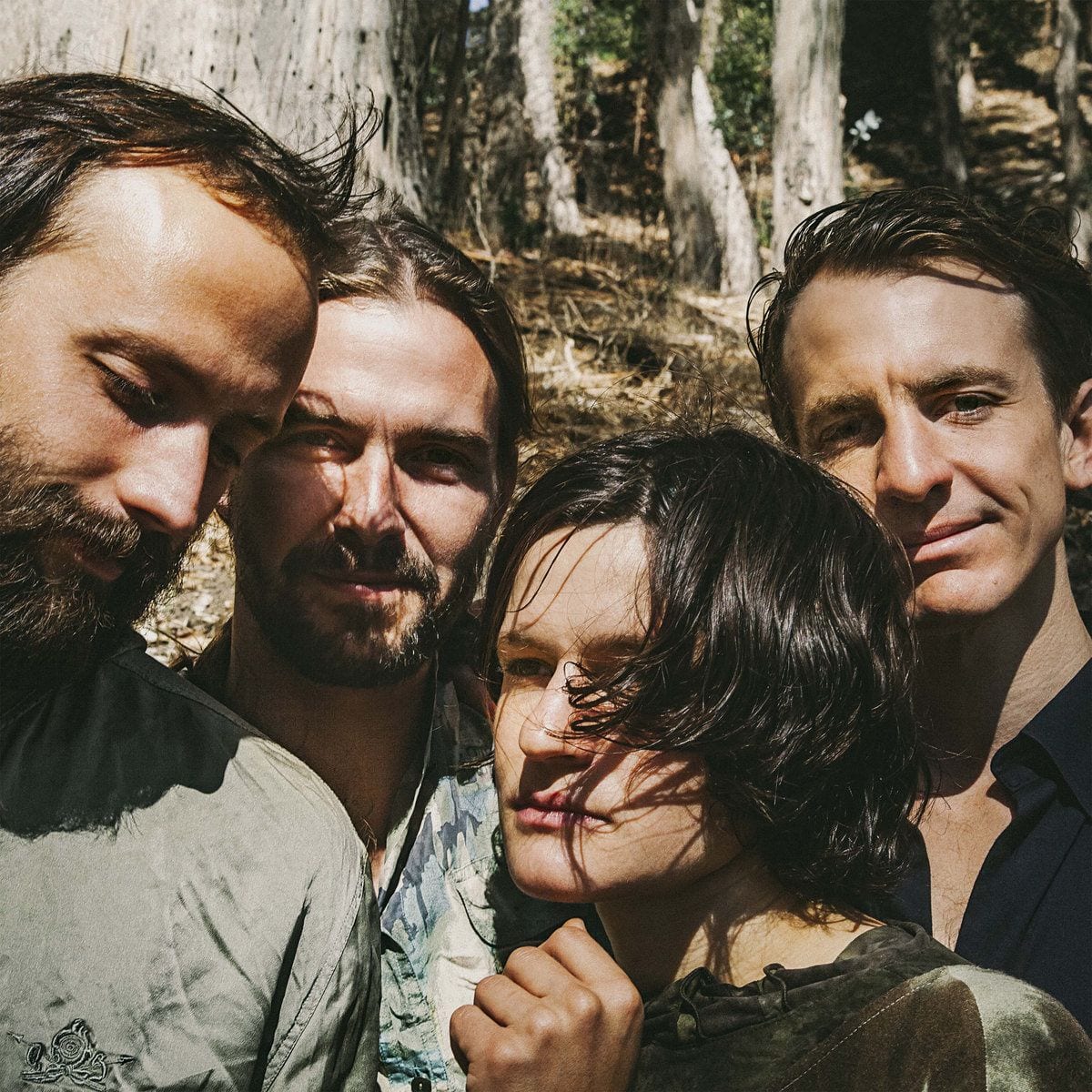
Few bands release two albums in one year. Even fewer bands release two albums of this magnitude.
Two Hands, the second landmark release from Big Thief, is an enigmatic and raw take on the folk and indie crossover. Opening with “Rock and Sing”, it is evident the band is drawn together intimately and instinctively. With the instrumentation and vocal interchange, the music creates seamless coaction casting the track as a gentle, and at times bracing lullaby.
The album has moments of clear reflections of the folk tradition as “Wolf” is akin to a standard ballad while the twangy instrumentation on “Replaced” supplements the lyrics depicting the natural world as analogous to affect. Yet the album is punctuated by forays into indie rock. “Not”, for example, is bruised and cacophonous with the vocals overpowered by distorted guitar. As in Adrienne Lenker’s solo work,
Two Hand showcases her prolific storytelling accentuated by her imperfect and mesmerizing vocals. Her discordant singing brings noticeable emphasis to weighty issues, including domestic abuse, gun violence, and gender fluidity. It is here that Big Thief creates a pure expression of subversion and rejection set to penetrative music. – Elisabeth Woronzoff
5. Big Thief – U.F.O.F. (4AD)
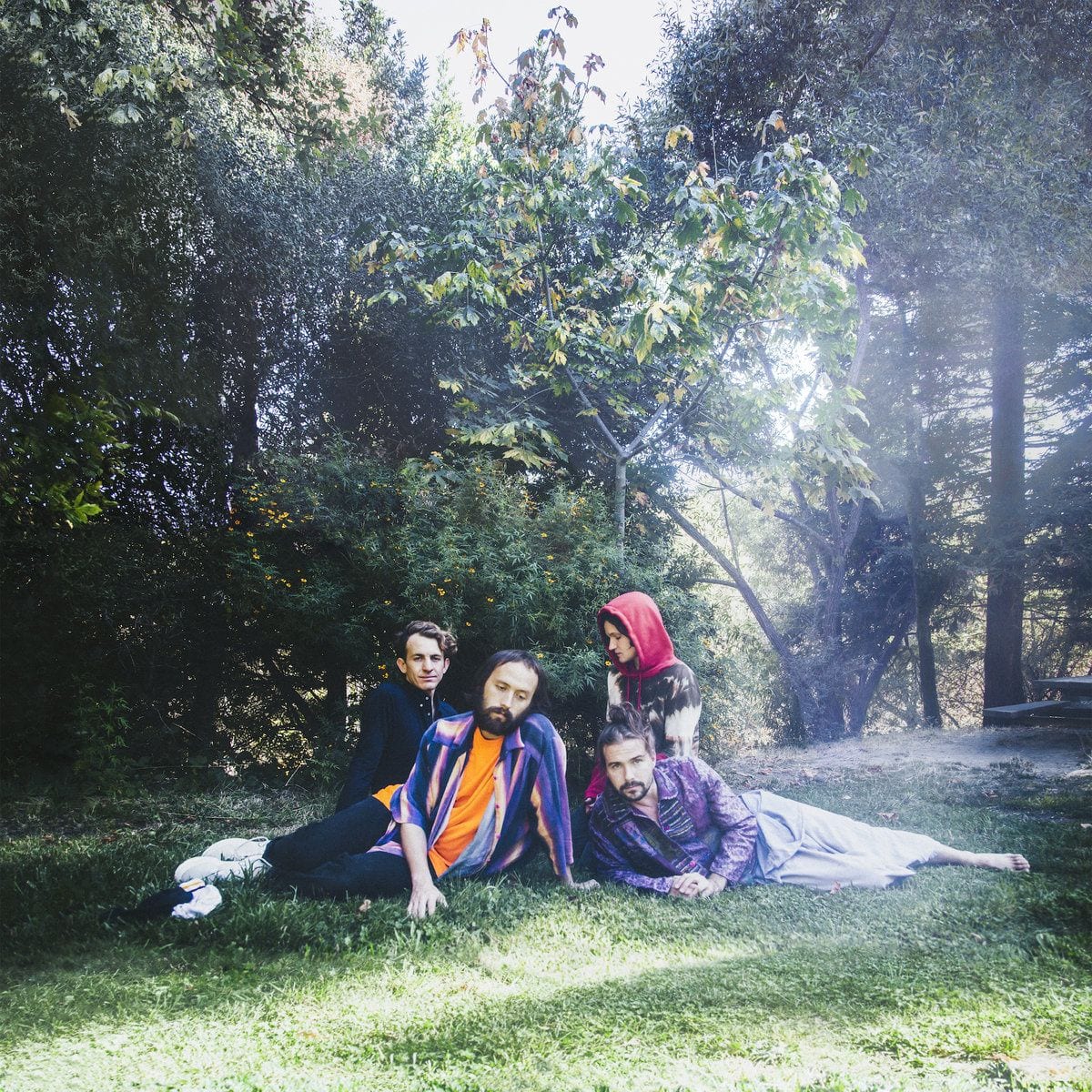
Predating Two Hands by just five months is U.F.O.F., Big Thief’s first full-length foray in 2019. As with their latter release, U.F.O.F. punctuates previous releases from the band by meshing the best of two sonic realms that were indelible, but often felt separate from one another in Masterpiece and Capacity. Intimate, plaintive, and pervasive folk is the driving staple, but frizzy, textured indie rock belies its equally as bewitching undertones.
As ever, it’s all kept together with Adrienne Lenker’s scintillating delivery of often poetic, often abstract lyricism. That undeniable itch of self-discovery, seemingly uncovering more of the unknown that the album presents that it finds its best footing. U.F.O.F. bears as much of a supernatural mystique, as much partial revelation, as its title (“U.F.O. Friend”) implies from the first glance. This intentional lack of disclosure permeates the album and forms the core of its artistic message. It mesmerizes as often as it bewilders, and it’s quite possibly Big Thief’s most balanced, spellbinding piece of work to date. – Jonathan Frahm
4. Jessica Pratt – Quiet Sense (Kemado)
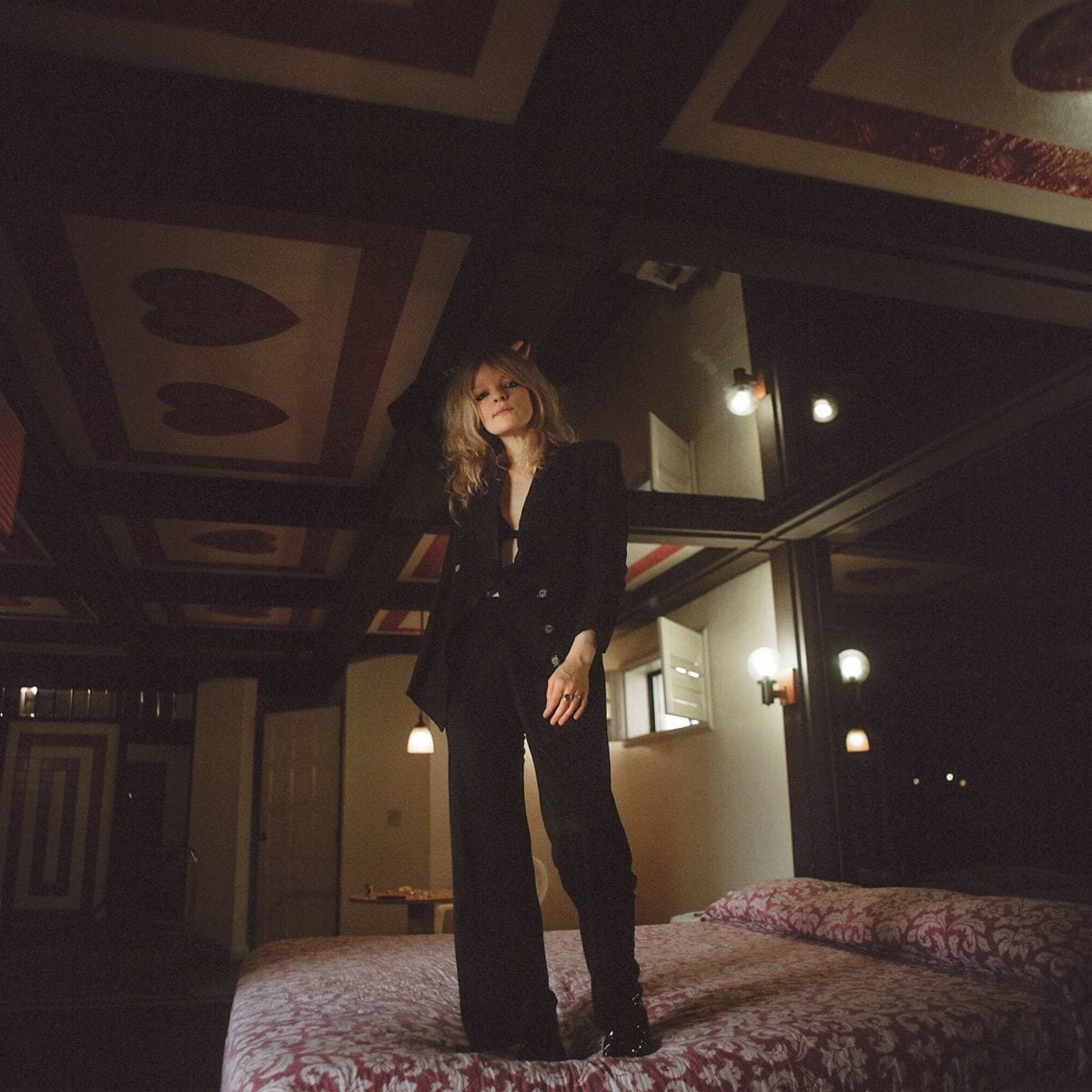
Jessica Pratt is as formidable as she is taciturn on Quiet Signs. Teasing out musical abundance from simple instrumentation, lyrics, and vocals, Pratt engenders complexity and nuance. Quiet Signs is methodical in its musical evolution and deliberate in its torpidness. The album begins with “Opening Night”, a spartan piano only accentuated by Pratt’s distanced vocal line. Especially empowering are her non-lexical vocables serving as onomatopoeic references to the instrumentation.
The lyrics throughout Quiet Signs reveal Pratt’s ability to conjure magic out of simplicity. “Fare Thee Well” lyrically encapsulates Pratt’s use of silence to create musical space. “This Time Around” only features Pratt on guitar and vocal, thereby forcing the listener to focus on the lyrics. Audiences are then sharing and experiencing Pratt’s standpoint without influencing her perspective. Here, she remains in control. To listen in on Pratt’s ruminations creates a feeling of intrusiveness as if the audience is encroaching on a revelatory moment. Quiet Sense is clandestine in its contemplation. – Elisabeth Woronzoff
3.
Elena Setién – Another Kind of Revolution (Thrill Jockey)
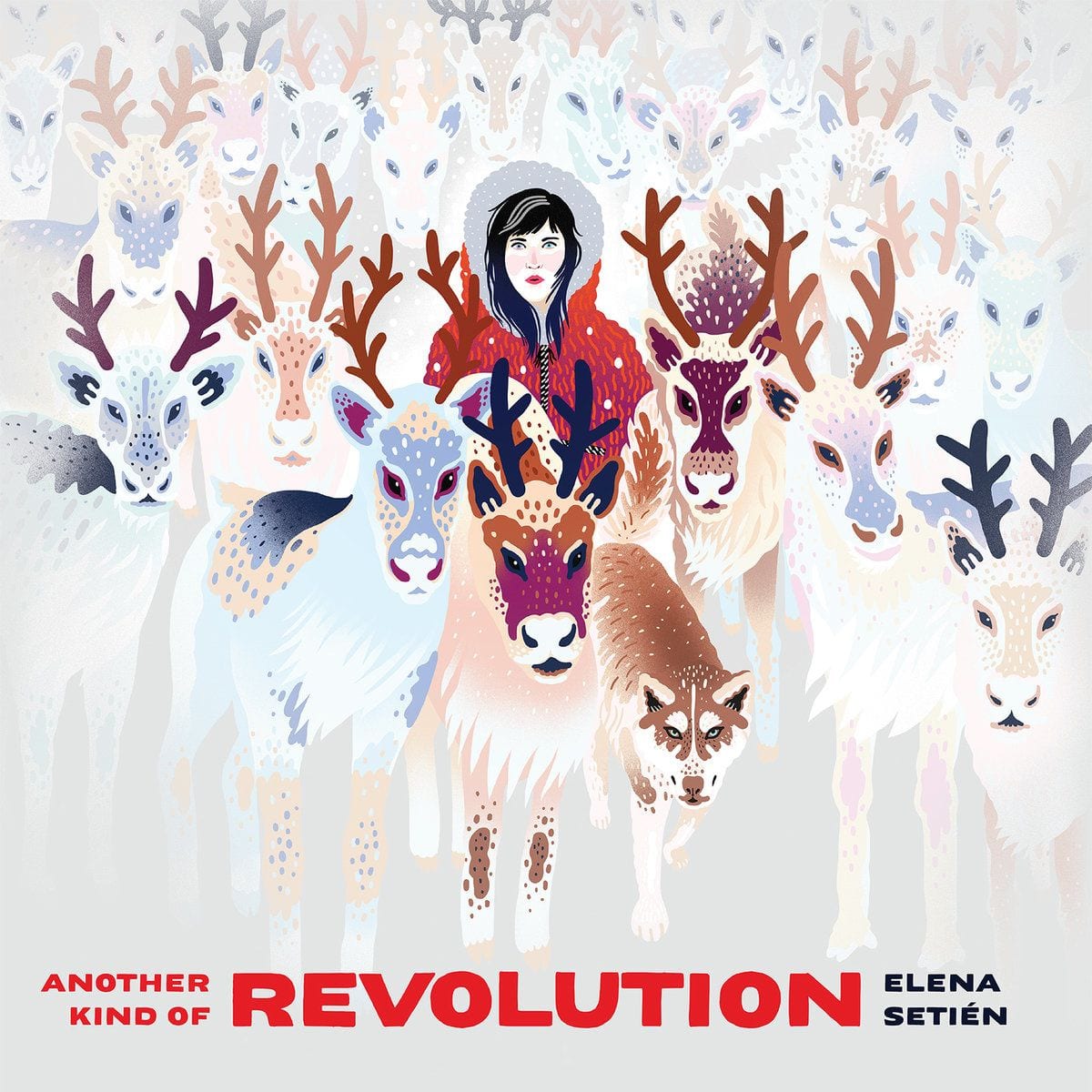
Elena Setién‘s Another Kind of Revolution conceptualizes transformation as rooted in gender empowerment. The album is a recognition of women and their ability to act as catalysts for a popular and personal insurgency. Setién’s revolution contests accepted gender inequality. Specifically, in the title track, she addresses women who have been politically, socially, or culturally silenced due to systematic sexism and institutionalized androcentrism. Throughout the album, she utilizes lyrics, instrumentation, and production to reiterate her vision.
As “Far From the Madding Crowd” fades out, Setién’s hushed vocals situate independence in the imaginary, easily erased by reality. Here, she engenders an incredulous depiction of adamantine gender norms. However, her apathy is not the track’s focus. Rather, her repudiation is only uttered as the music diminishes. In doing so, she rejects gender role congruity but acquiesces to its existence. In Another Kind of Revolution, Setién masterfully creates a musical space to cultivate social progress. – Elisabeth Woronzoff
2.
Tui – Pretty Little Mister (Self-released)
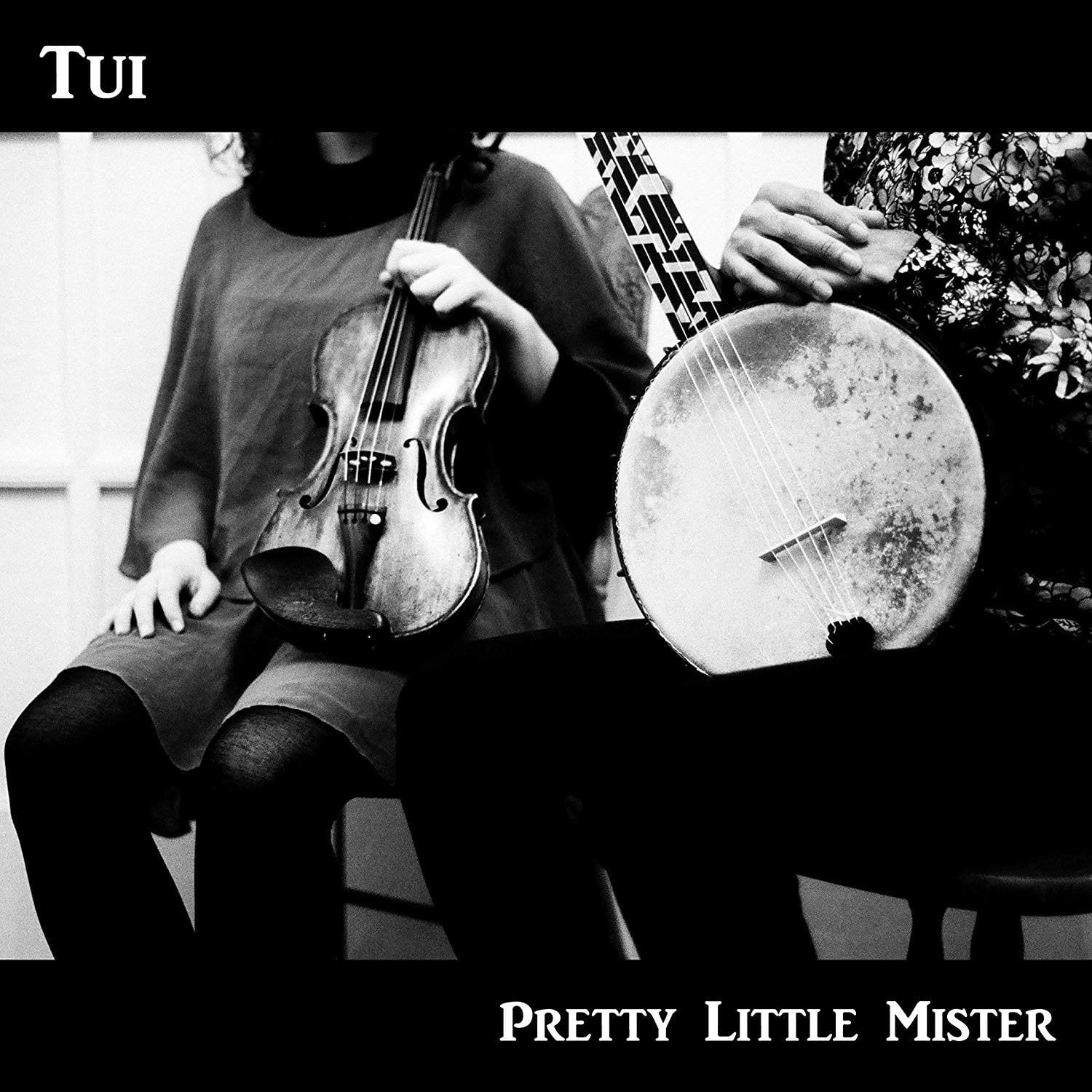
Tui’s Pretty Little Mister shines a lot on the oft-forgotten work of African-American folk artists, delivering them in the traditional Black string band form. Ranging between fiddlers like Frazier & Patterson, Cuje Bertram, Teodar “Teolee” Jackson, and Jim White, Tui offers reinterpretations of old folk songs from phenomenal fiddlers whose work was lost to time. Like the works of Rhiannon Giddens and Hubby Jenkins that the duo’s Jake Blount was informed by, his music with Libby Weitnauer as Tui celebrate Appalachian traditions whilst unearthing and reclaiming the diverse cultural history of its purveyors.
Throughout, Tui excel technically, but their mark is truly left in how they perform with a passion that is becoming of their craft. Pretty Little Mister is a joyous resurrection of old-time music that stands on its own in a modern format. Tui may follow in a long line of artists like Giddens or Jenkins, but their artistic approach stands on its own two captivating feet. – Jonathan Frahm
1.
Leyla McCalla – The Capitalist Blues (Discograph/Jazz Village)
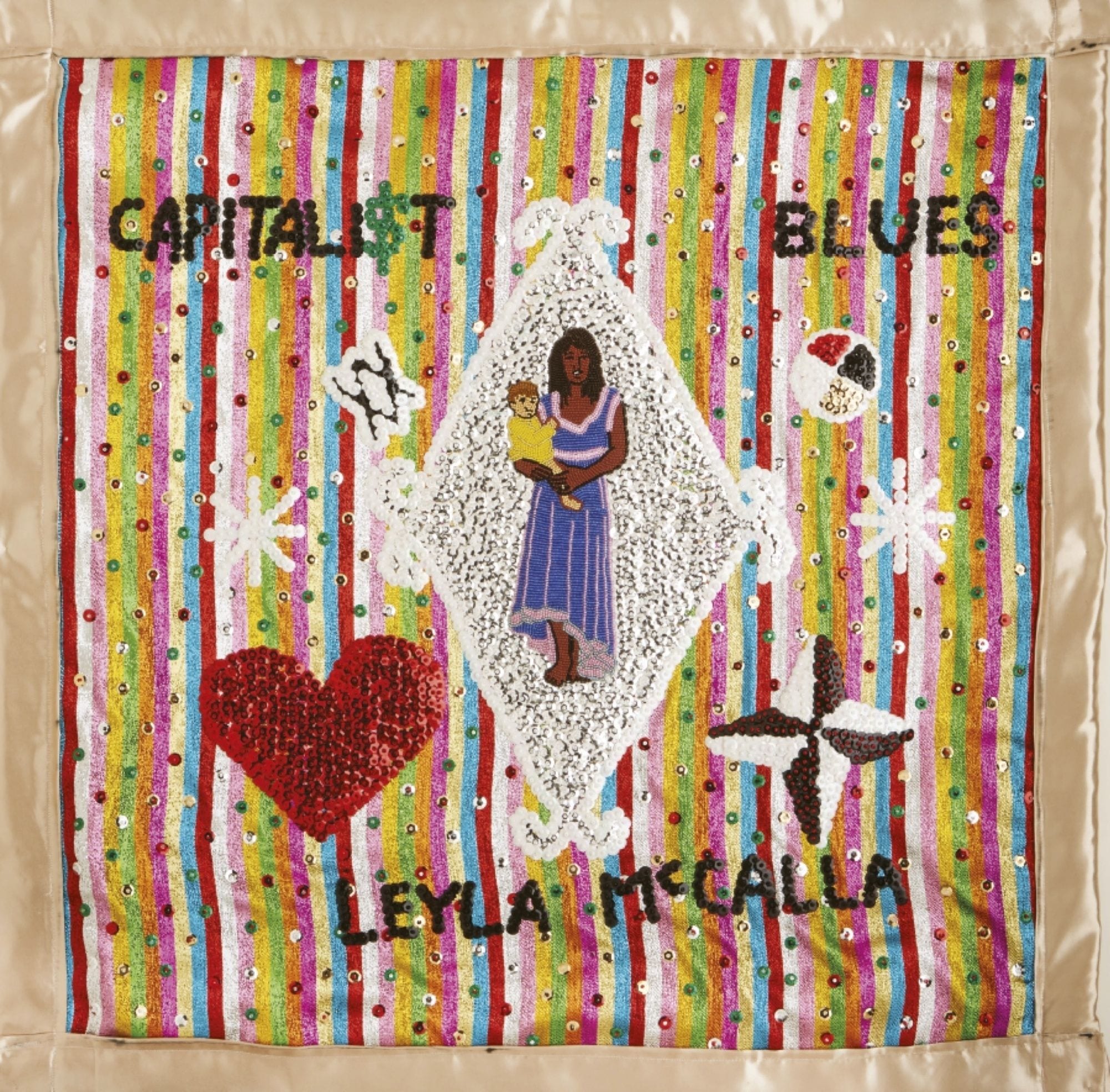
Listeners should expect tenacious political and social commentary from an album with the title The Capitalist Blues. Leyla McCalla, the renowned cellist and Americana/folk performer, delivers. First receiving recognition as a member of the iconic old-time string group Carolina Chocolate Drops, McCalla’s solo release, The Capitalist Blues, is an inspired album centralizing the importance of music as a tool to raise consciousness. McCalla problematizes alienation, economic inequality, violence as all oppressive extensions from capitalism.
Each track reveals McCalla’s fluency with varying musical genres ranging from R&B to traditional Haitian, rock ‘n’ roll to Calypso, and Cajun dancehall to zydeco all the while maintaining her fluency of folk and Americana musical elements. With its array of genres and clear-eyed criticism, The Capitalist Blues is a coherent and meaningful call for resistance. – Elisabeth Woronzoff

